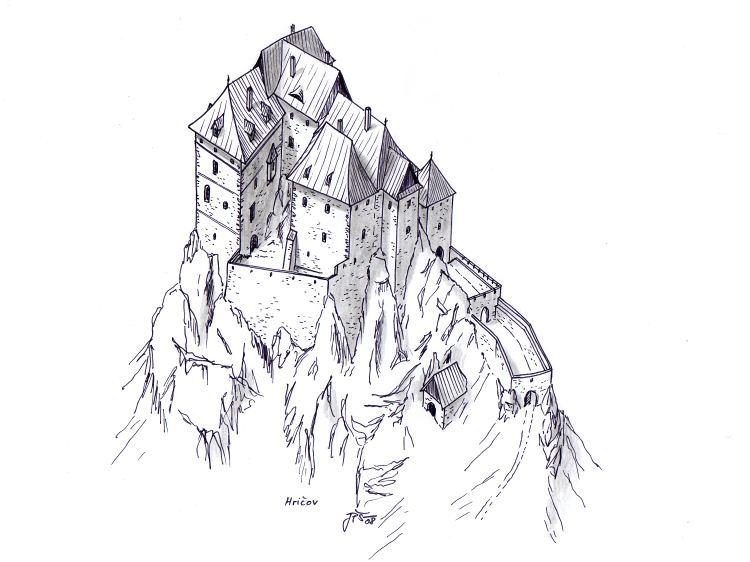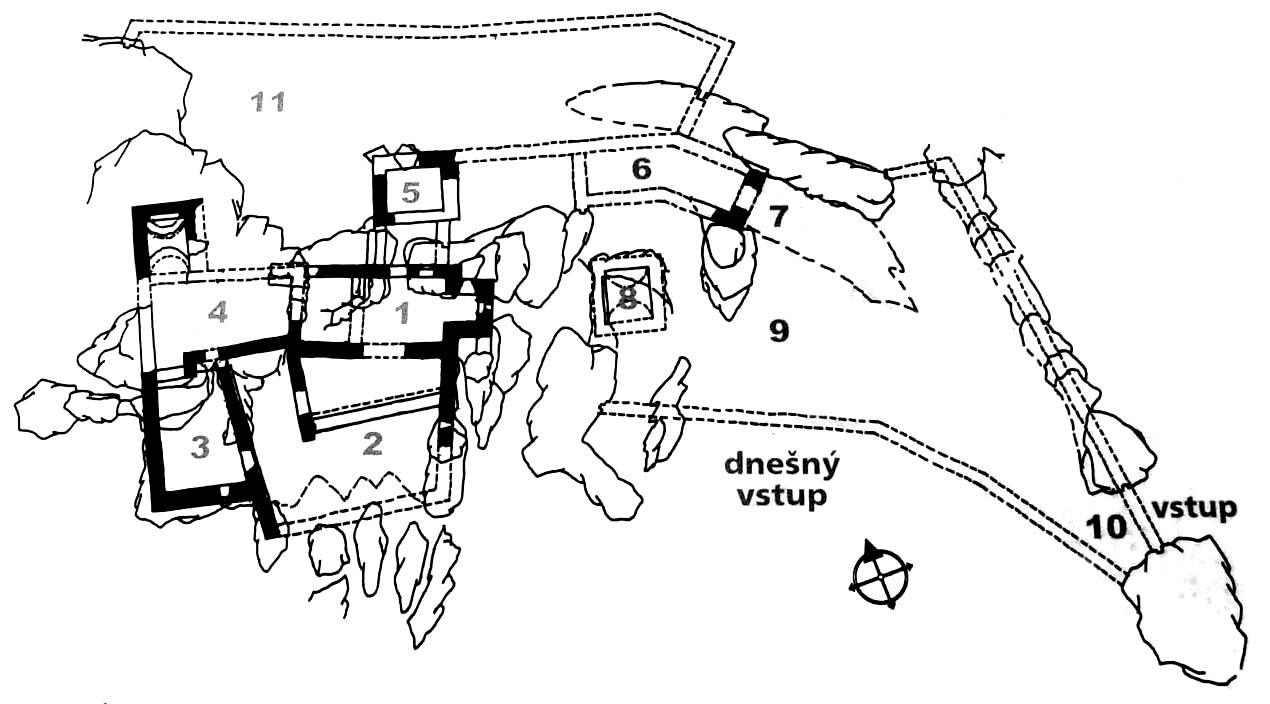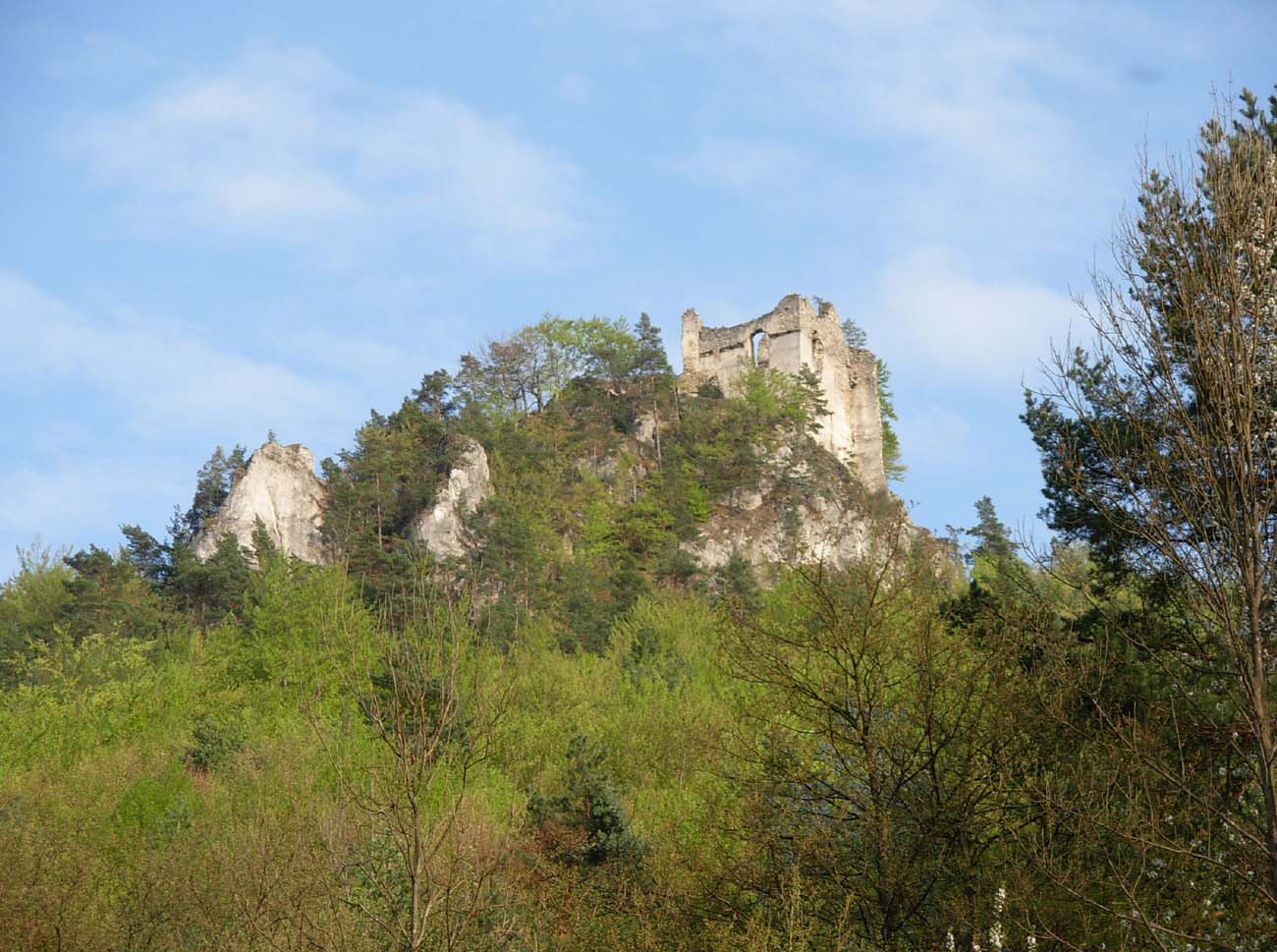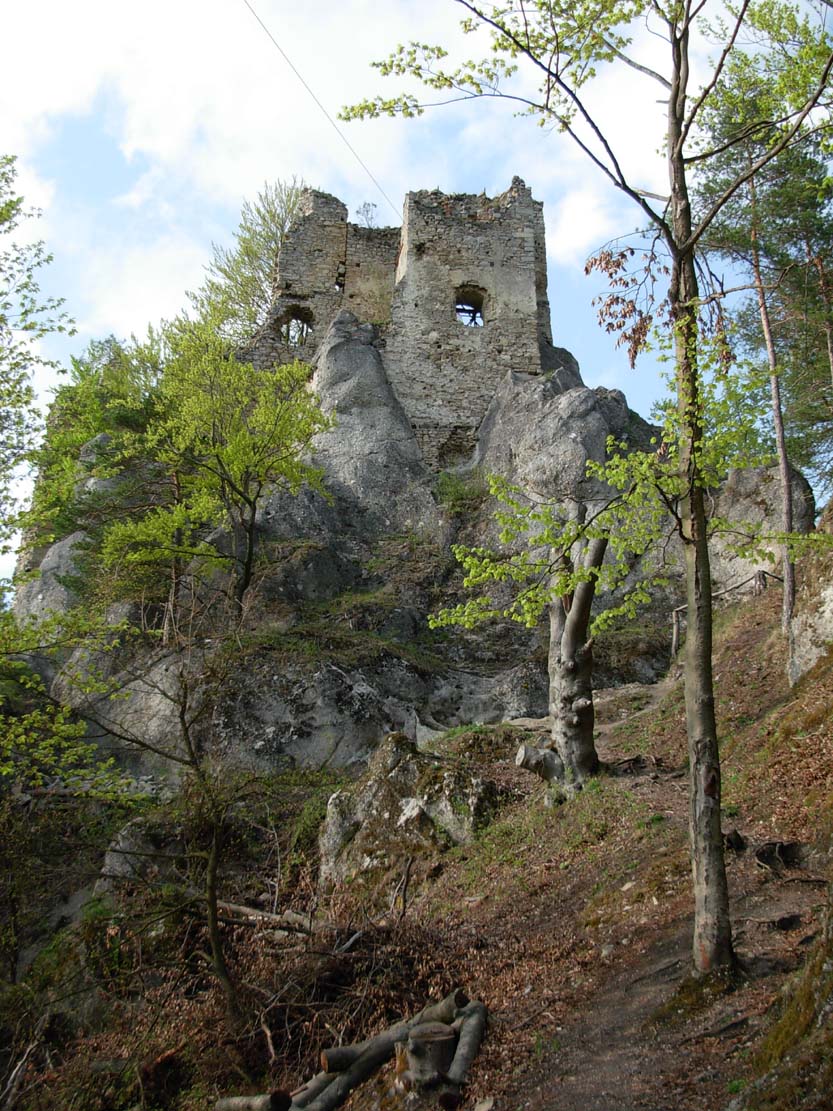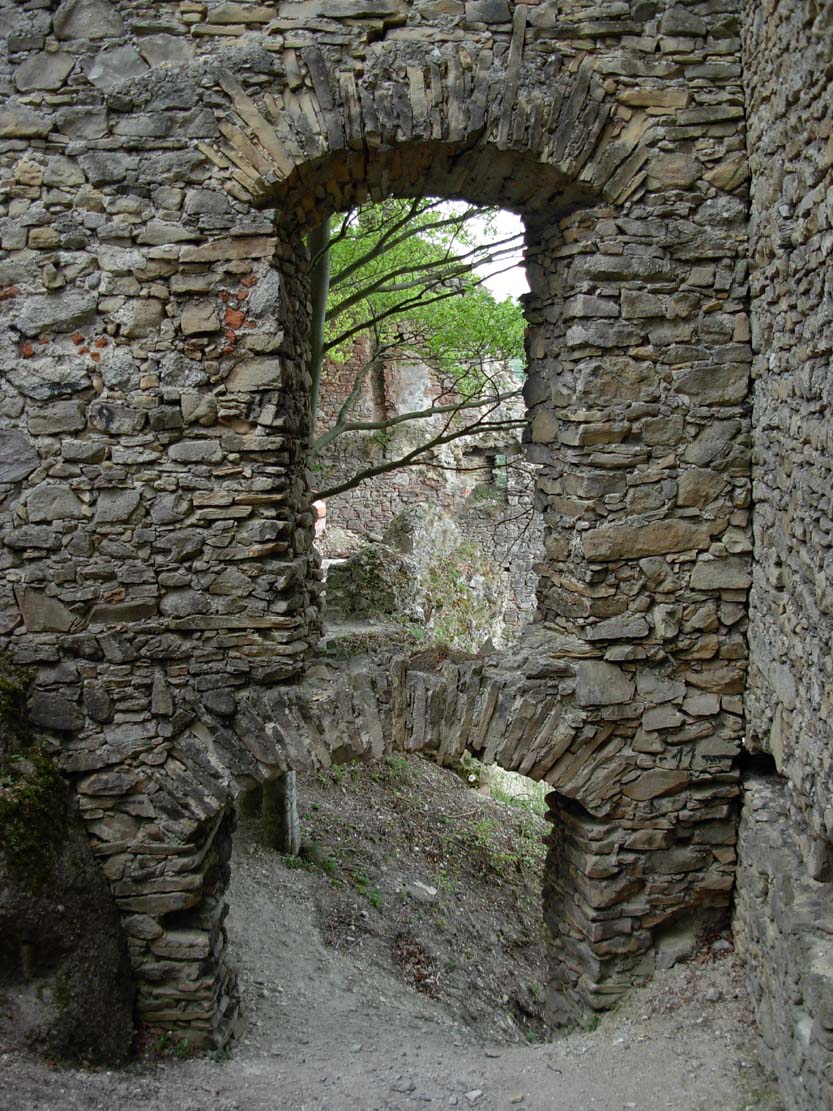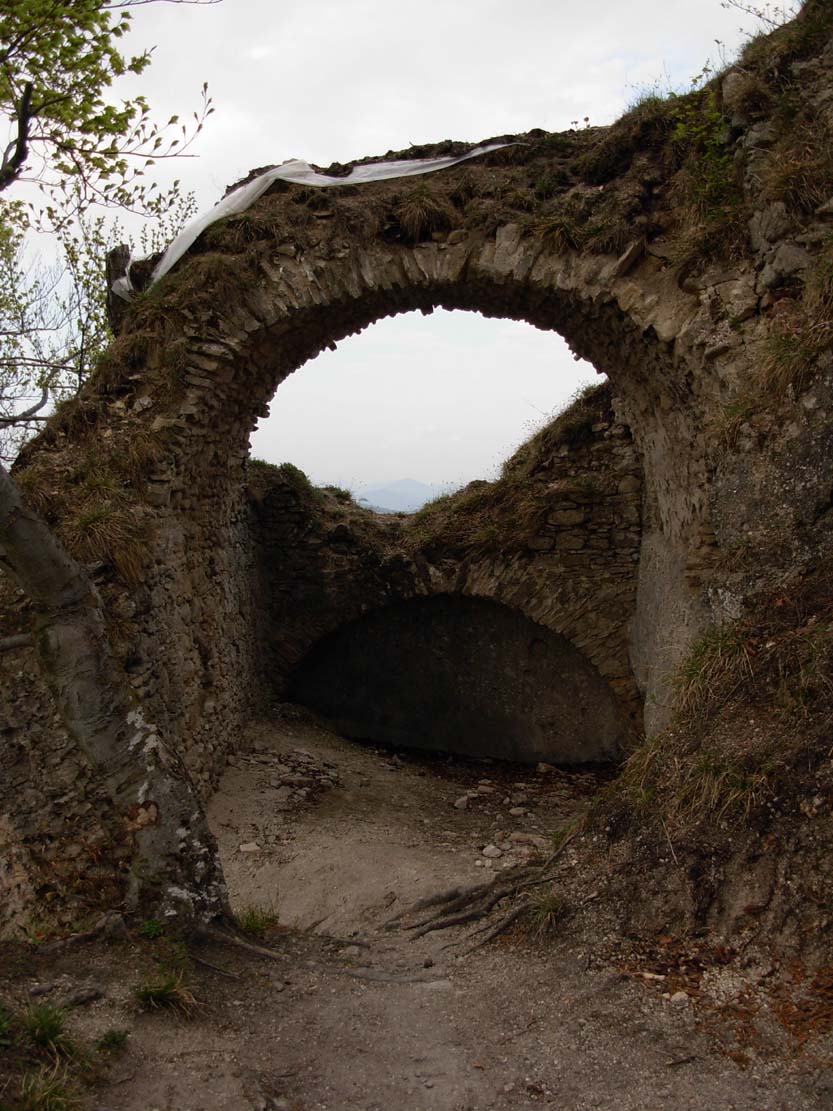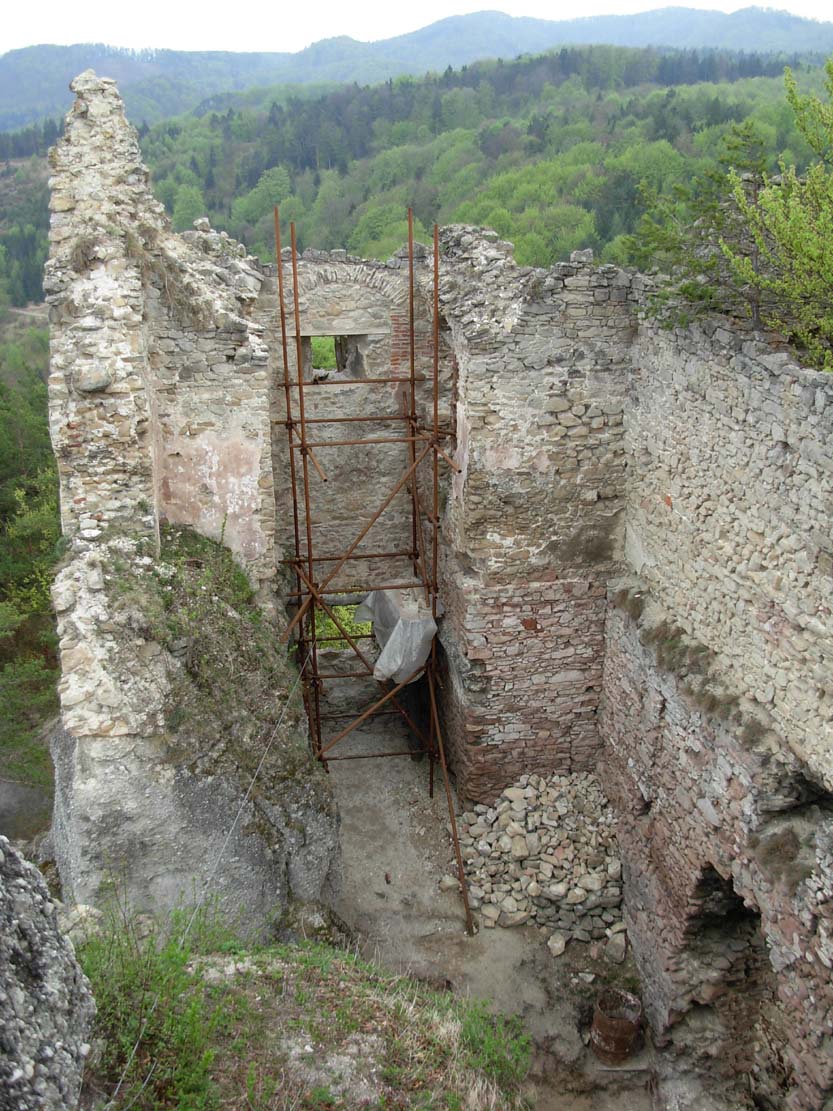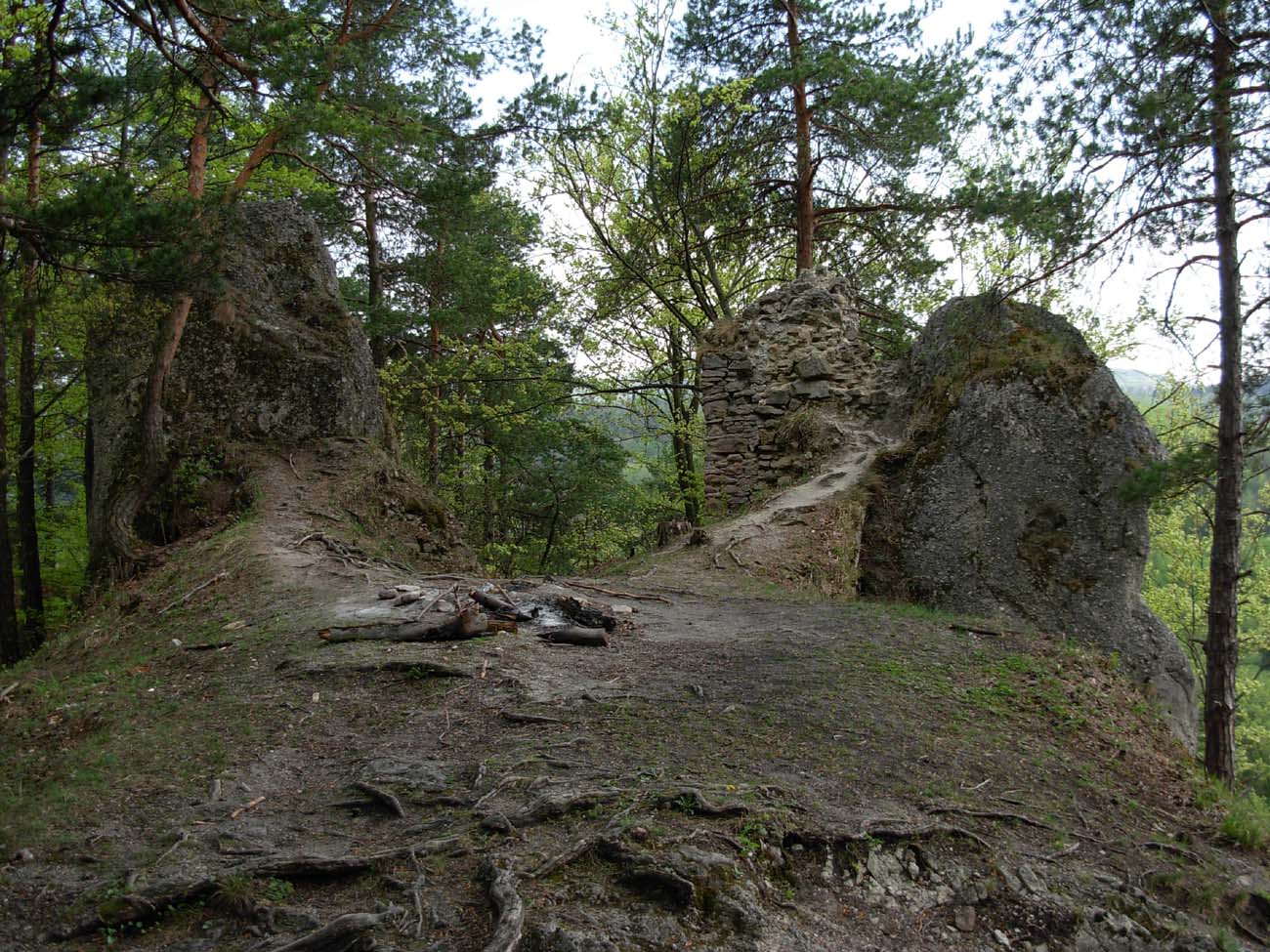History
Hričov Castle was built around the beginning of the second half of the 13th century, on the site of an old Great Moravian stronghold, south of the Vag River, which valley ran an important communication and trade route. The first written mention of it comes from 1265, but it is known that in 1254 king Bela IV donated the Hričov estate to the magister Toluš, the likely founder of the castle.
Like other royal castles, Hričov often changed tenants. Since 1282 owners of the castle were members of the mighty Balass family, but after the siege, Matthew III Csák captured it. He was a Hungarian magnate who by strength and influence, created a great dominion in the lands of today’s western Slovakia. After his fall and death in 1321, the župan Donch regained the castle, which returned to the king and was managed by castellans until the 15th century.
From the end of the fourteenth century and through the most of the fifteenth century, the castle frequently changed owners. In 1392, Sigismund of Luxemburg gave it to Dezider de Kapla, in 1398, after confiscating his property, it was granted to a Pole, Sędziwój from Szubin, it is also possible that on the title of Trencin zupan it was later held by Stibor of Stiboricz, one of the greatest Hungarian magnates at the beginning of the 15th century, friend and confidant of King Sigismund. In 1424, the castle was gained by Queen Barbara of Cilli, who before 1437 entrusted it to another Pole, the castellan Dunin of Skrzynno. Successive owners changed after the new king Albrecht Habsburg confiscated the property of the queen, who was disliked in Hungary. It was Ladislav of Necpál, Mikuláš Poliak, František Háje since 1466, after two years Błażej Podmaniecki and Viliam Tetauer.
In the 16th century, the castle was taken over by Zapolya family who expanded it a bit. During the battles between John Zapolya and Ferdinand, it changed hands twice, until finally came under the authority of the Habsburgs. Podmaniac family, supporters of Zapolya, finally managed to keep the castle. In 1563, it became the property of Thurzon family, who left it in 1574, moving to a more comfortable residence in Bytča. Since that time the castle was inhabited only by the servants and a small crew. The expansion of the castle was limited due to the shape and size of the hill on which it was located. Therefore, the small Hričov lost its military significance and could not resist the siege in 1605 by hajduks of Bocskay. Although it did not suffer any major damages, it was soon abandoned and slowly began to fall into ruin.
Architecture
The castle was built on top of a hill surrounded on three sides by steep cliffs. In the fourteenth century, it consisted of the upper castle situated in the highest part of the rock and a small outer bailey on the southern and western sides. Its gate was placed on the south-east side near the four-sided tower, open from the courtyard side.
As a result of late gothic expansion, the castle was significantly enlarged. Entry into the new southern outer bailey then led through two natural rock fissures on the south-eastern side, which, after partitioning the wall, became castle gates. The first provided entry to the courtyard of the outer bailey, and the second led from the outer bailey through a long corridor over the eastern cliff to the four-sided gate tower of the upper castle. In it, the entry road turned off to reach a miniature courtyard after a dozen or so meters. Above the courtyard of the outer bailey there was a square, older, 14th-century tower, already included in the building of the front palace. Behind it stood further residential buildings: rear, upper and so-called middle palaces. From the east,below rocky slopes, there was another fortified ward.
Current state
The castle has been preserved in the form of a ruin. In the best condition have survived the walls of a large, quadrangular residential building and palace, the least was left from the entrance gate. Entrance to the castle is free.
bibliography:
Bóna M., Plaček M., Encyklopedie slovenských hradů, Praha 2007.
Stredoveké hrady na Slovensku. Život, kultúra, spoločnosť, red. D.Dvořáková, Bratislava 2017.
Wasielewski A., Zamki i zamczyska Słowacji, Białystok 2008.

